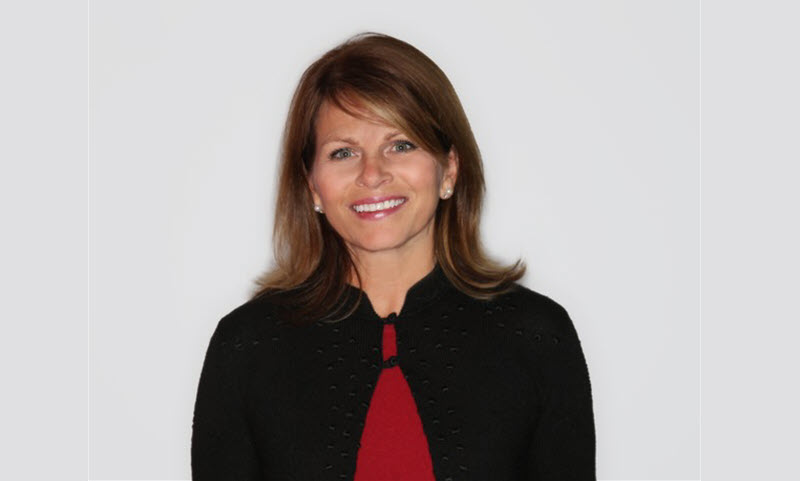Why It's Time for Local Media to Finally Embrace Programmatic

I’ve spent my entire career in local media and I’ve seen this industry accomplish amazing things over the years.
I’ve also seen tremendous and continuous changes to the local ecosystem that demand a relentless pursuit of evolution and innovation.
And right now, the changes are coming faster and the demands for innovation are growing stronger than I can ever remember.
If you know anything about this space—you know that it’s labor-intensive and not always particularly easy to execute. The good news is that things are finally starting to move on the automation front for local media investment, and not a moment too soon.
The truth is, we’ve needed help streamlining local buying for a while.
In fact, our team at Mediabrands has been pining for greater automation for nearly 15 years. As far back as 2005, we had a vision. What if we could build a software system that would help us buy, keep track of, and optimize local media campaigns on the fly?
We didn’t know it yet, but our dream was essentially to create a DSP before anybody had a name for it, in a medium that was far from digital. But alas, we were never able to put the funding together—and the dream eventually sputtered out.
The smarter way to stay on top of broadcasting and cable industry. Sign up below
Fast-forward to today and local media has only gotten more complicated, and the logistics more challenging. Everyone knows that ratings aren’t what they used to be (During the most recent TV season, the average broadcast TV show lost 16% of its audience between the ages of 18 and 49).
As a result, campaigns that used to require our agencies to purchase 5 million different ads spots across thousands of shows on hundreds of stations now require twice as many ads to deliver the same reach.
That’s just the fragmentation challenge. As you’ve surely read or experienced first-hand, marketers are awash in data. And they want to use it on every media campaign to zero in on targets and deliver tangible, trackable results. Each new data set gives us the opportunity to target more effectively, but it also adds a level of complexity to an already labor-intensive process. As data options increase, we must create automated processes in order to efficiently act on it.
Fairly or not, media execution is increasingly being graded against the speed and precision of the biggest most powerful tech companies in the world. So, we’ve got to up our game. In the past year, have done just that by employing sophisticated software to help us execute multiple local buys via a digital platform. Additionally, we’re on the cusp of using data more effectively than ever before to target our clients’ customers, while gaining speed and efficiency. But the buy side can’t do it alone. We need the systematic changes that agencies are implementing to also happen on the sell side. We need our broadcaster partners to match our use of software and data and help ensure that local media channels are a viable, affordable, smart and hard-working option for advertisers.
The risk in not doing so—given how fast the media ecosystem is changing—is that local gets stuck with a label of being slow, expensive to execute and inexact compared to digital media—and starts getting left behind entirely.
To be sure, some of our partners are well on their way to preparing their local ad inventory for a more programmatic, audience-based future. I applaud the work broadcasters have made in their delivery of log times. This is an important advancement for the industry, not only for reaching parity with digital platforms, but serving as the key to solving stewardship challenges that plague local broadcast.
The onus for advancement, of course, doesn’t all sit on the broadcaster side. As agencies, we still have more work to do to advance our evolution. For starters, agencies need to move to impression-based buying for local investment. Most of our business has been transacted on this currency since 2016 without a hitch.
Beyond that, we need to find a solution to the antiquated approach of scheduling and re-scheduling compensatory weight owed for delivery shortfalls. The current process is a losing proposition for both the buy and sell side and it needs to change.
From an automation perspective, starting in Q3, we will begin executing orders and managing the stewardship process through Hudson MX. We expect to be able to recognize greater efficiency and increased accuracy, expediting the approvals and rejections of make good proposals and streamlining the invoice reconciliation process.
I can honestly say that the desire for change has never been greater in the local investment arena. The TIP initiative is an important step forward for the industry and demonstrates the appetite that broadcasters have for greater automation. We need to embrace this opportunity and get on board with the momentum.
Now is the time for the entire ecosystem to advance in lock step. My best advice to our broadcast friends: get your five brightest people in a room with a whiteboard and don’t let them out until you have a plan to rewrite the antiquated business rules we operate under every day. You will come up with something brilliant and we’ll all benefit from that brilliance.
Magna Global is part of IPG’s Mediabrands media buying unit
